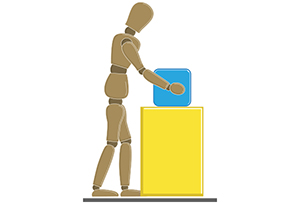6. Good handling technique
As an employer, you must protect your workers from the risk of manual handling injuries at work. Good handling technique is not a substitute for other steps you should take to reduce risk, like providing lifting aids, or making improvements to the task, load or working environment, but it is helpful as an addition to those measures.
How to handle and lift loads
The following guidance illustrates how to perform a basic lift safely, using both hands, lifting a load in front of and close to your body, without twisting. These principles can be adapted to suit the actual task.
Think before handling/lifting. Plan the lift/handling activity. Where is the load going to be placed? Use suitable handling aids where possible. Will you need help with the load? Remove obstructions, like discarded wrapping materials. For long lifts, for example from floor to shoulder height, think about resting the load mid-way on a table or bench to change grip.
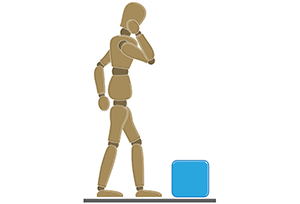
Keep the load close to your waist for as long as possible while lifting. Keep the heaviest side of the load next to your body. If you can't get close to the load, try to slide it towards your body before you try to lift it.
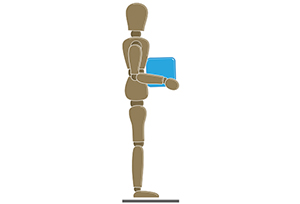
Adopt a stable position. Your feet should be apart with one leg in front of the other (alongside the load if it is on the ground) to increase stability. You should be prepared to move your feet during the lift to keep a stable posture. Wearing overtight clothing or unsuitable footwear may make this difficult.
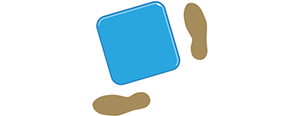
Ensure a good hold on the load. Where possible, hug the load as close as possible to your body. This may be better than gripping it tightly with just your hands.
Slight bending of your back, hips and knees at the start of the lift is preferable to either fully flexing your back (stooping) or fully flexing your hips and knees (full/deep squatting).
Don't flex your back any further while lifting. This can happen if your legs begin to straighten before you start to raise the load.
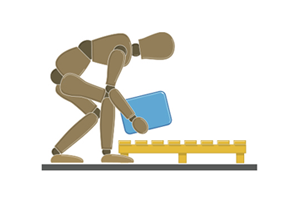
Avoid twisting your back or leaning sideways especially while your back is bent. Keep your shoulders level and facing in the same direction as your hips. Turning by moving your feet is better than twisting and lifting at the same time.
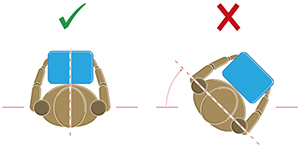
Keep your head up when handling. Look ahead not down at the load once it is held securely.
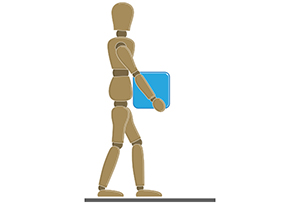
Move smoothly. Do not jerk or snatch the load as this can make it harder to keep control and can increase the risk of injury.
Don't lift or handle more than you can easily manage. There is a difference between what people are able to lift and what they can safely lift. If in doubt, seek advice or get help.
Put down, then adjust. If you need to precisely position the load, put it down first, then slide it into the desired position.
